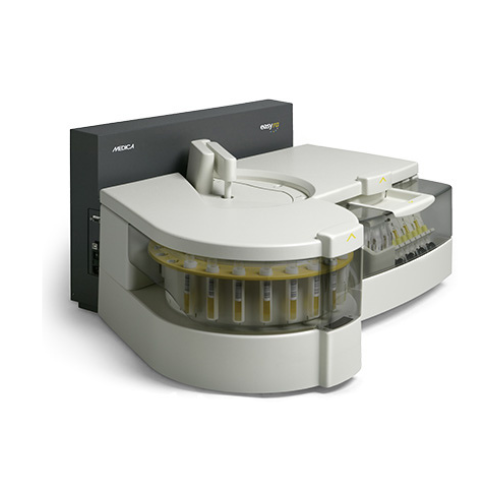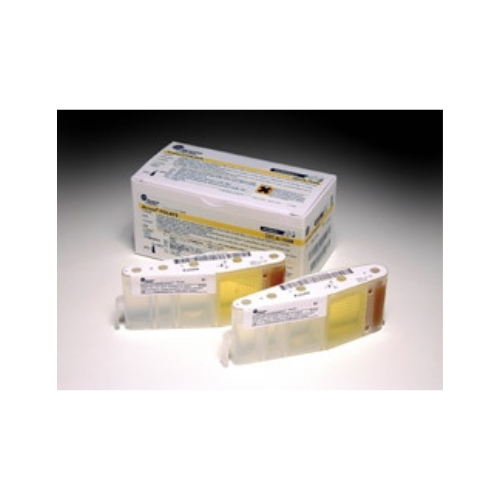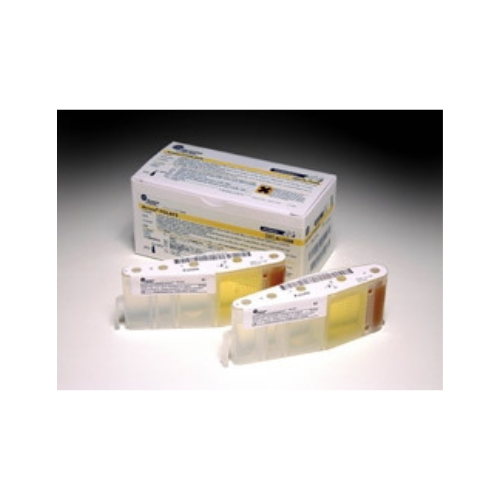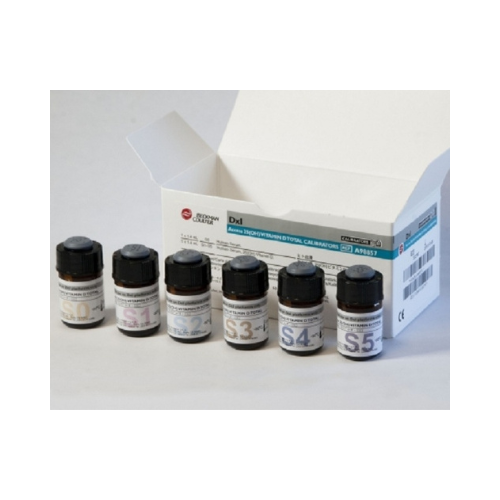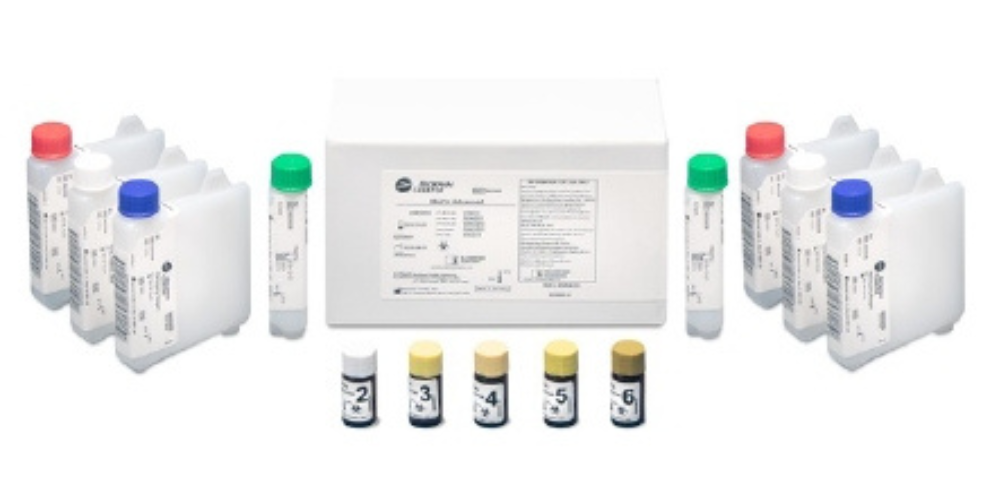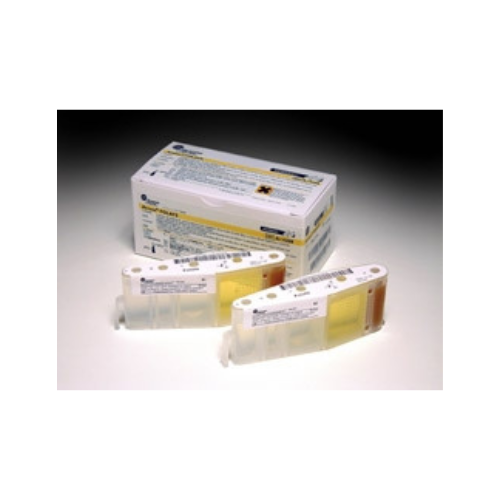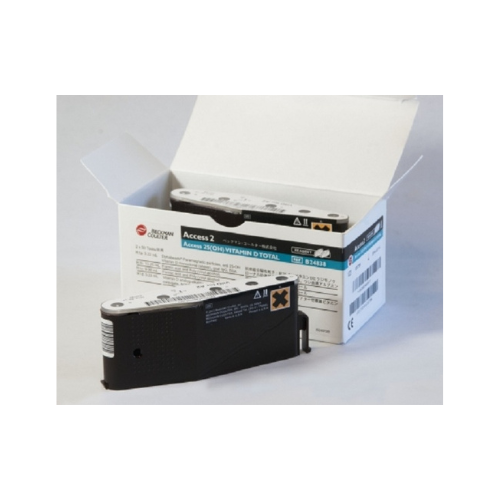For Business Use Only. Does Not Ship to Residential Addresses. For use inside an Analyzer, Sold Separately.
Thermo Kit Opiate LC
Thermo Kit Opiate LC
Product Code: 1661248
Manufacturer: Thermo Scientific
Shipping Weight: 2.00lbs (0.91kg)
Specifications
Control Sets: MGC Multi-Drug Controls
Description: CEDIA Opiate Drugs of Abuse Assays
Detectable Analytes: Opiate
DoA Calibrators: CEDIA Multi-Drug Calibrators
Quantity: 495mL
Storage Requirements: 2° to 8°C
Intended Use
The CEDIATM Opiate Assay is an in-vitro diagnostic medical device intended for the qualitative and semiquantitative assay of opiates in human urine.
Summary and Explanation of the Test
Opium is obtained from the unripe pods of the opium poppy Papaver somniferum. Morphine and codeine are naturally occurring alkaloids of opium. Both have widely accepted medical uses, principally as analgesics; however, both drugs are sometimes abused. Heroin is a compound synthesized from morphine and is the most commonly abused opiate.
Opiates (morphine, codeine and heroin) are rapidly metabolized by the body, and the main site of metabolism is the liver. Morphine is excreted in urine as conjugated morphine, free morphine and other trace metabolites. Codeine is excreted in urine as free and conjugated codeine and free and conjugated morphine. After codeine administration, total codeine may be eliminated faster than total morphine so that some urine specimens of codeine users may show only the presence of total morphine or a ratio of total morphine to total codeine of greater than one. Heroin is rapidly metabolized in whole blood to 6-monoacetylmorphine, which is then hydrolyzed to conjugated morphine in the liver. It is excreted in urine principally as conjugated morphine, but also in small amounts as free morphine and 6-monoacetylmorphine. Depending on the dose and the sensitivity of the analytical method, total morphine may be detected in urine up to 72 hours after last administration of morphine, codeine, or heroin.
The CEDIA Opiate assay uses recombinant DNA technology (US Patent No. 4708929) to produce a unique homogeneous enzyme immunoassay system. This assay is based on the bacterial enzyme β-galactosidase, which has been genetically engineered into two inactive fragments. These fragments spontaneously reassociate to form fully active enzyme that, in the assay format, cleaves a substrate, generating a color change that can be measured spectrophotometrically.
In the assay, drug in the sample competes with drug conjugated to one inactive fragment of β-galactosidase for antibody binding site. If drug is present in the sample, it binds to antibody, leaving the inactive enzyme fragments free to form active enzyme. If drug is not present in the sample, antibody binds to drug conjugated on the inactive fragment, inhibiting the reassociation of inactive β-galactosidase fragments, and no active enzyme will be formed. The amount of active enzyme formed and resultant absorbance change are proportional to the amount of drug present in the sample.








